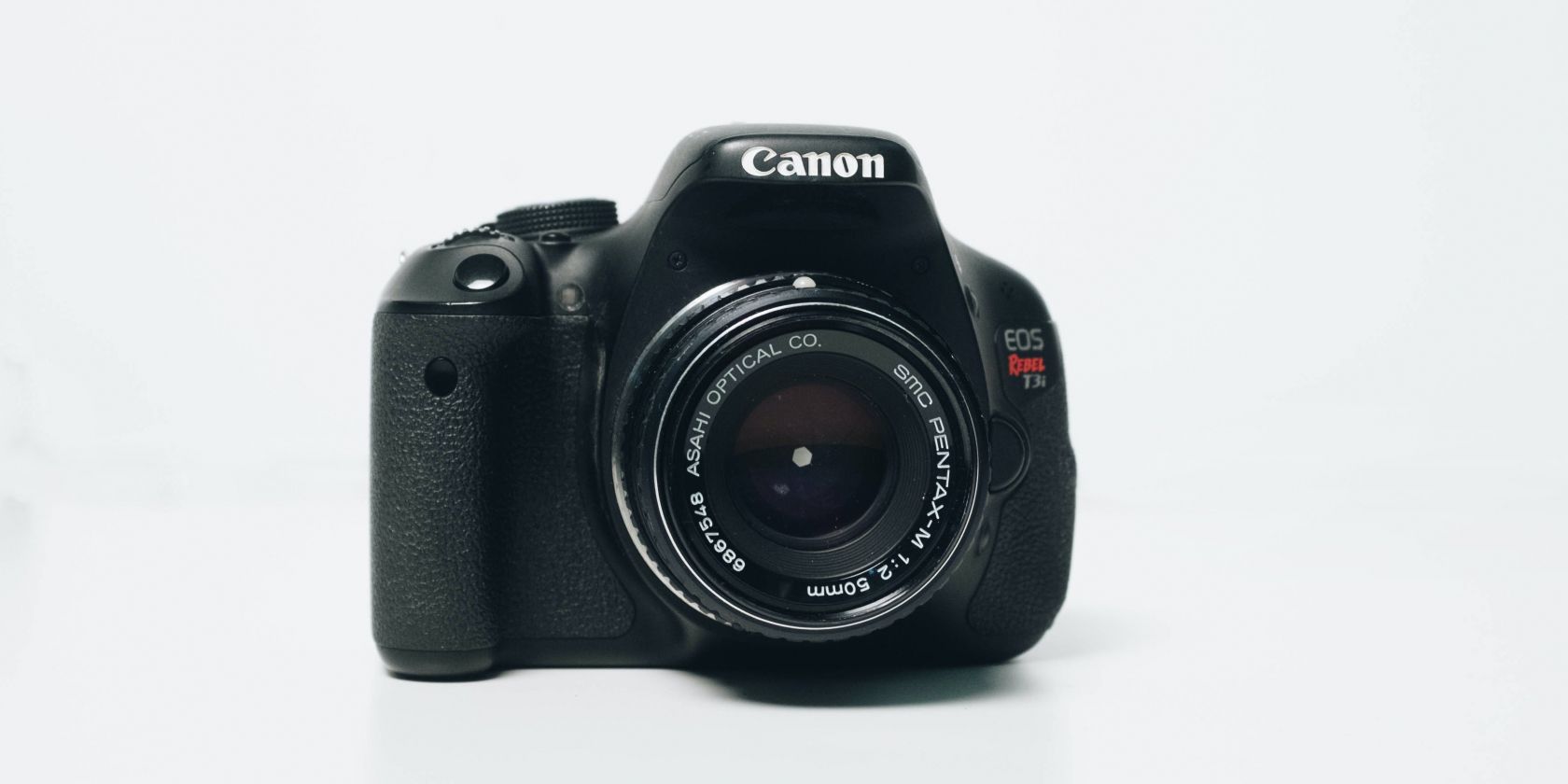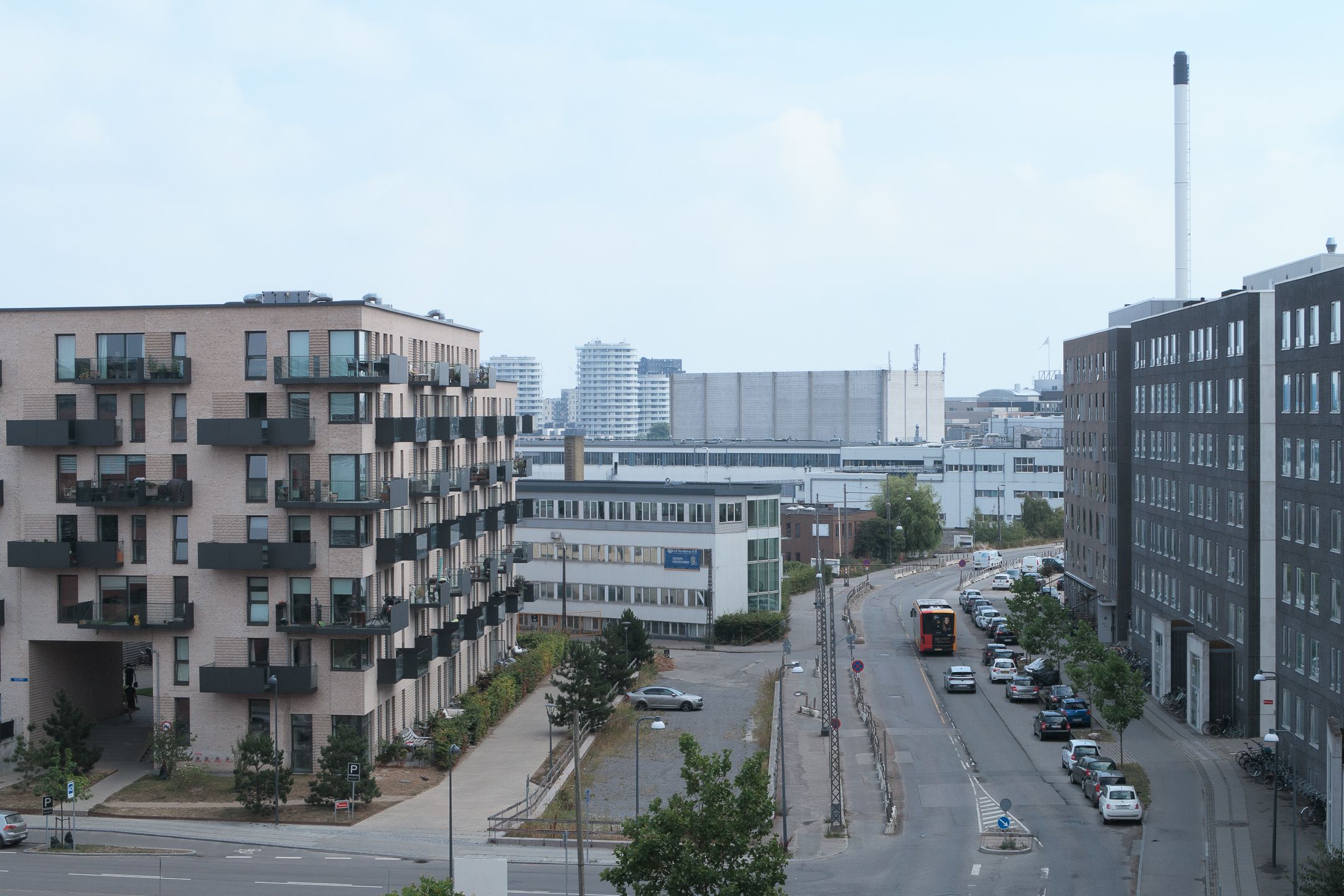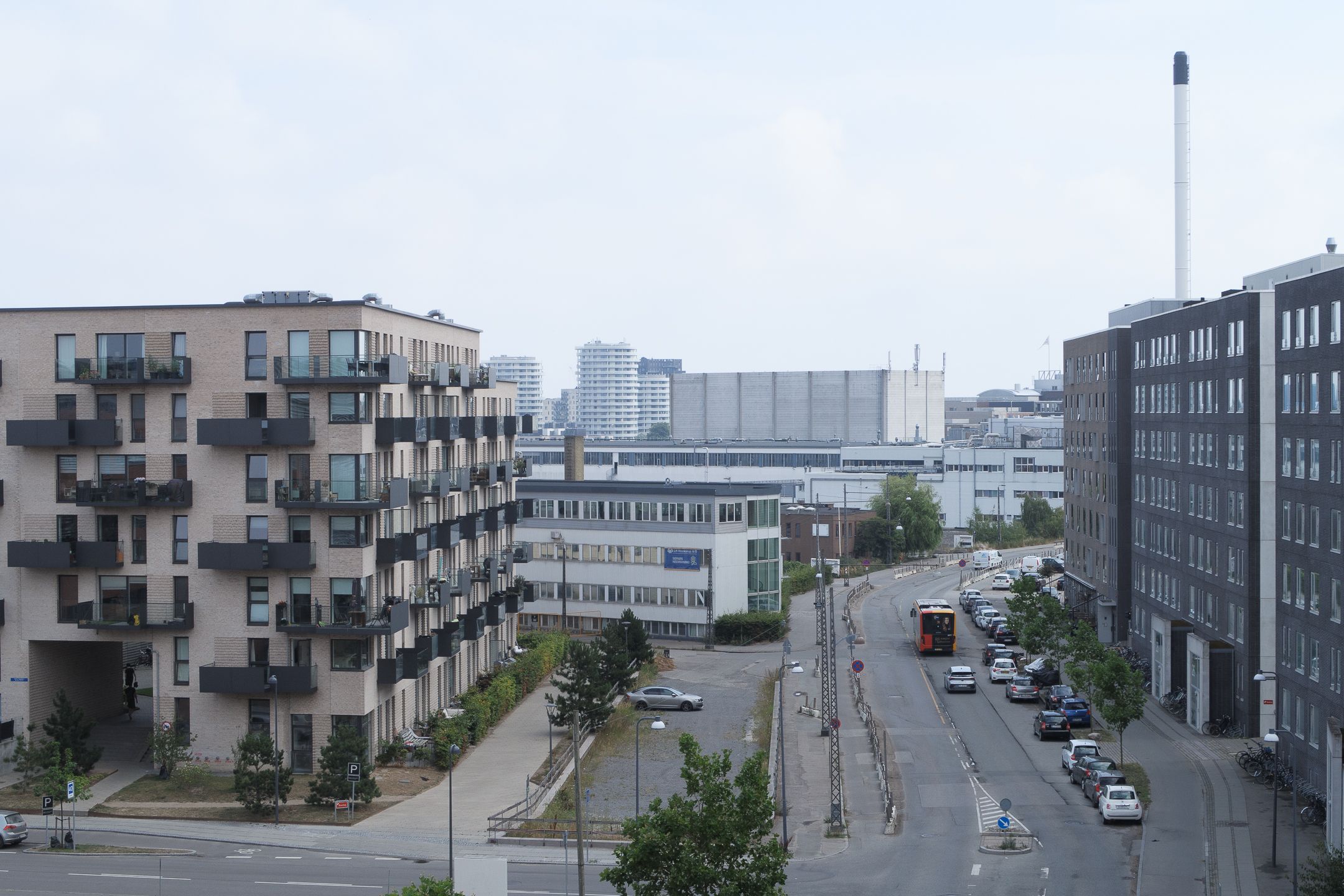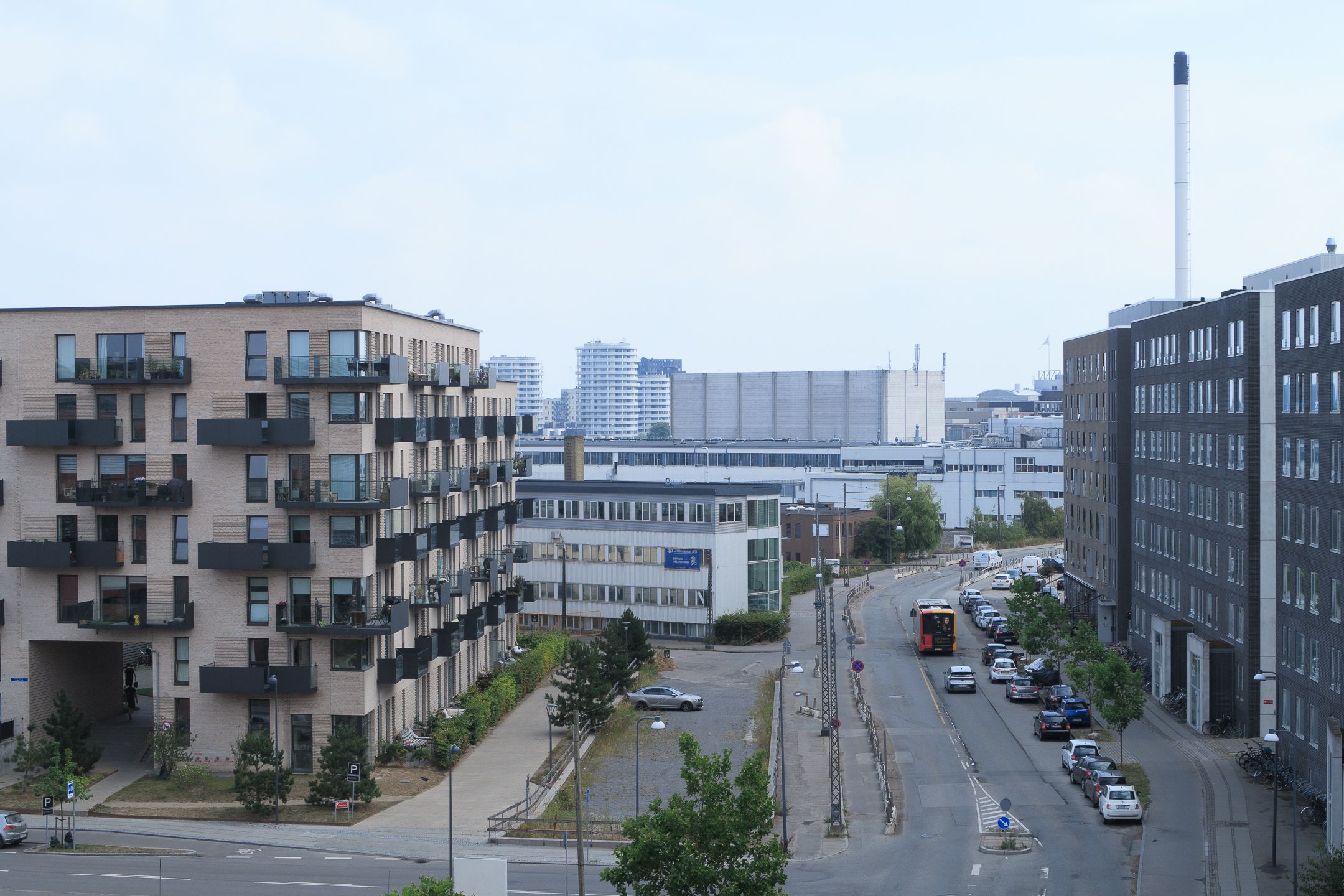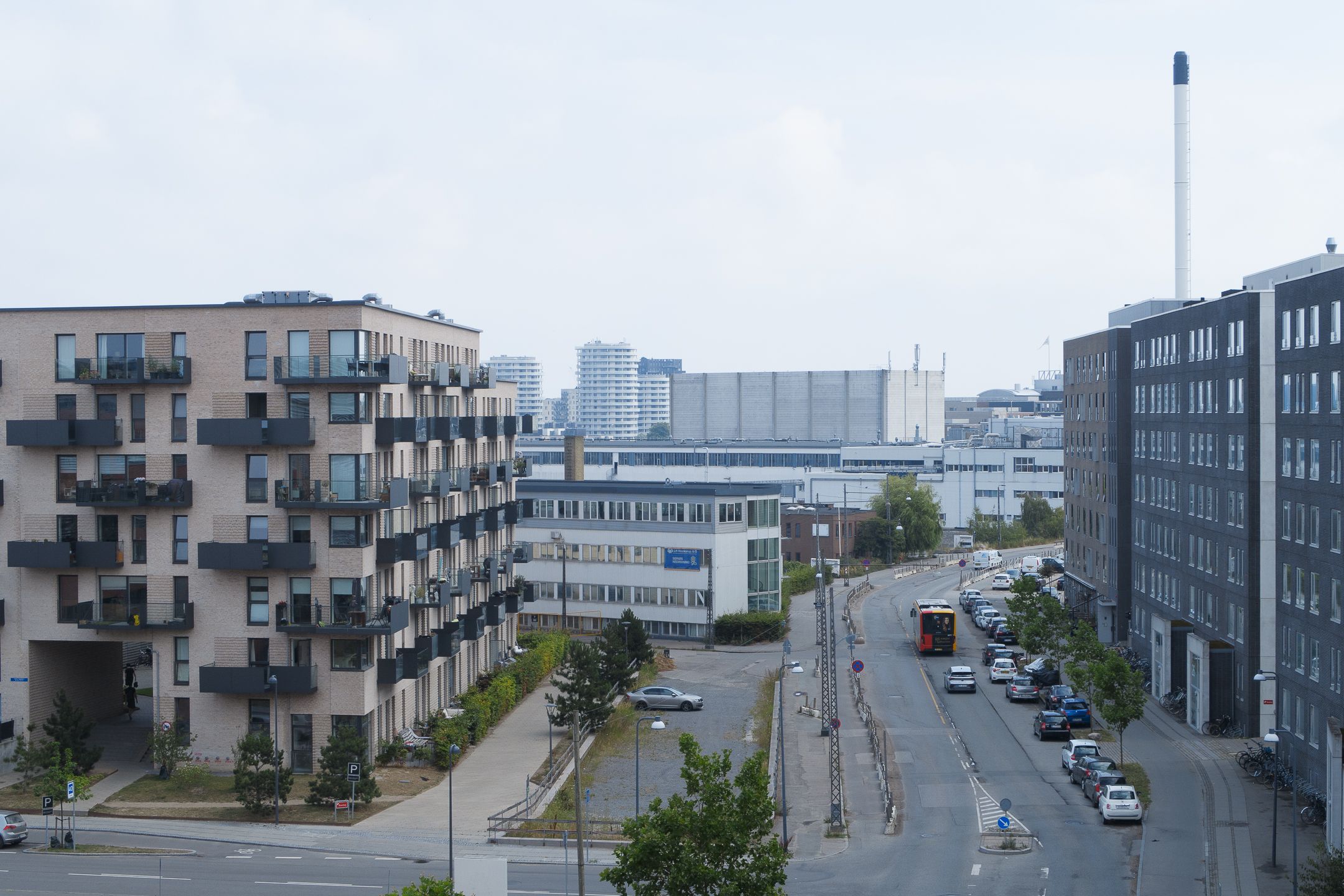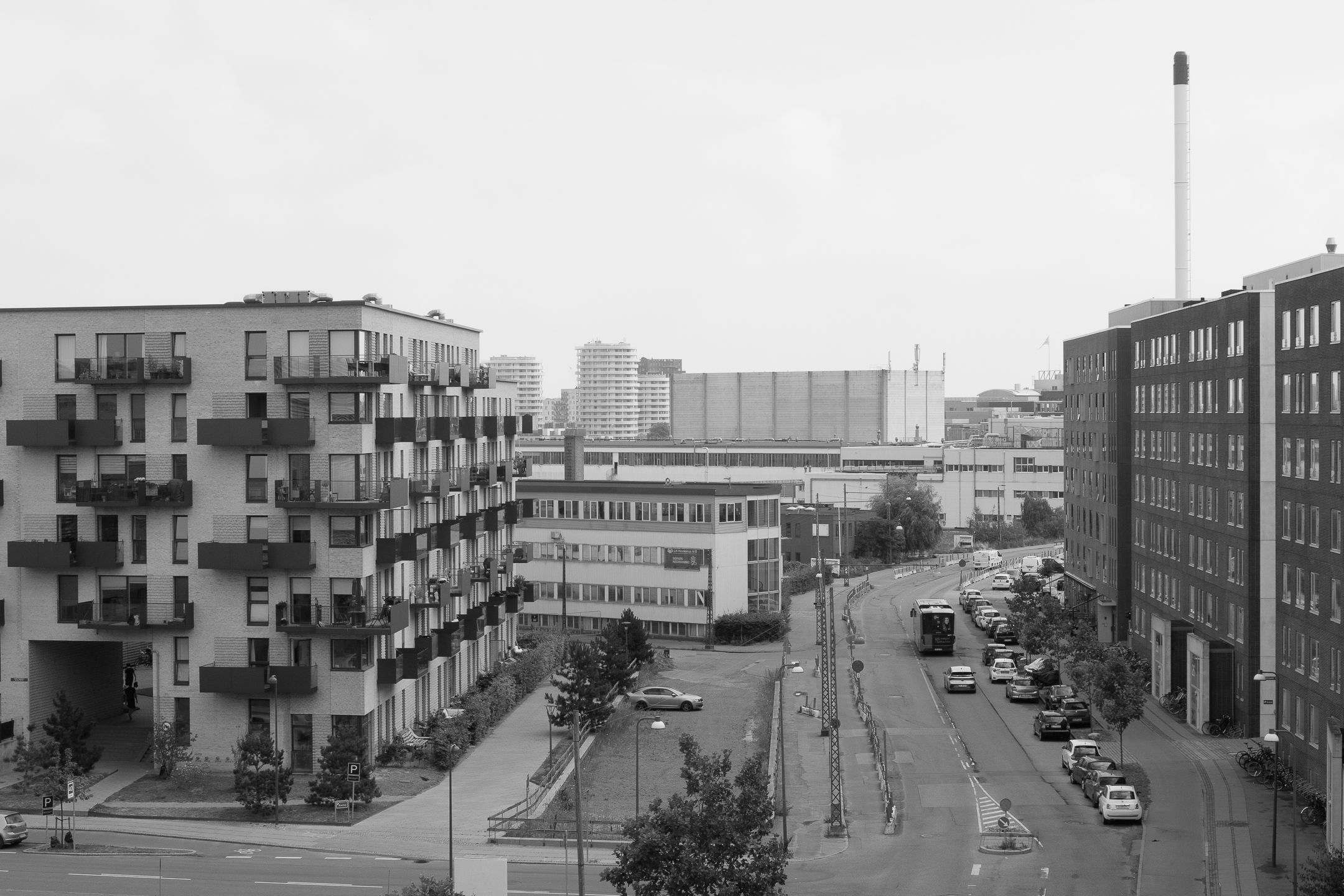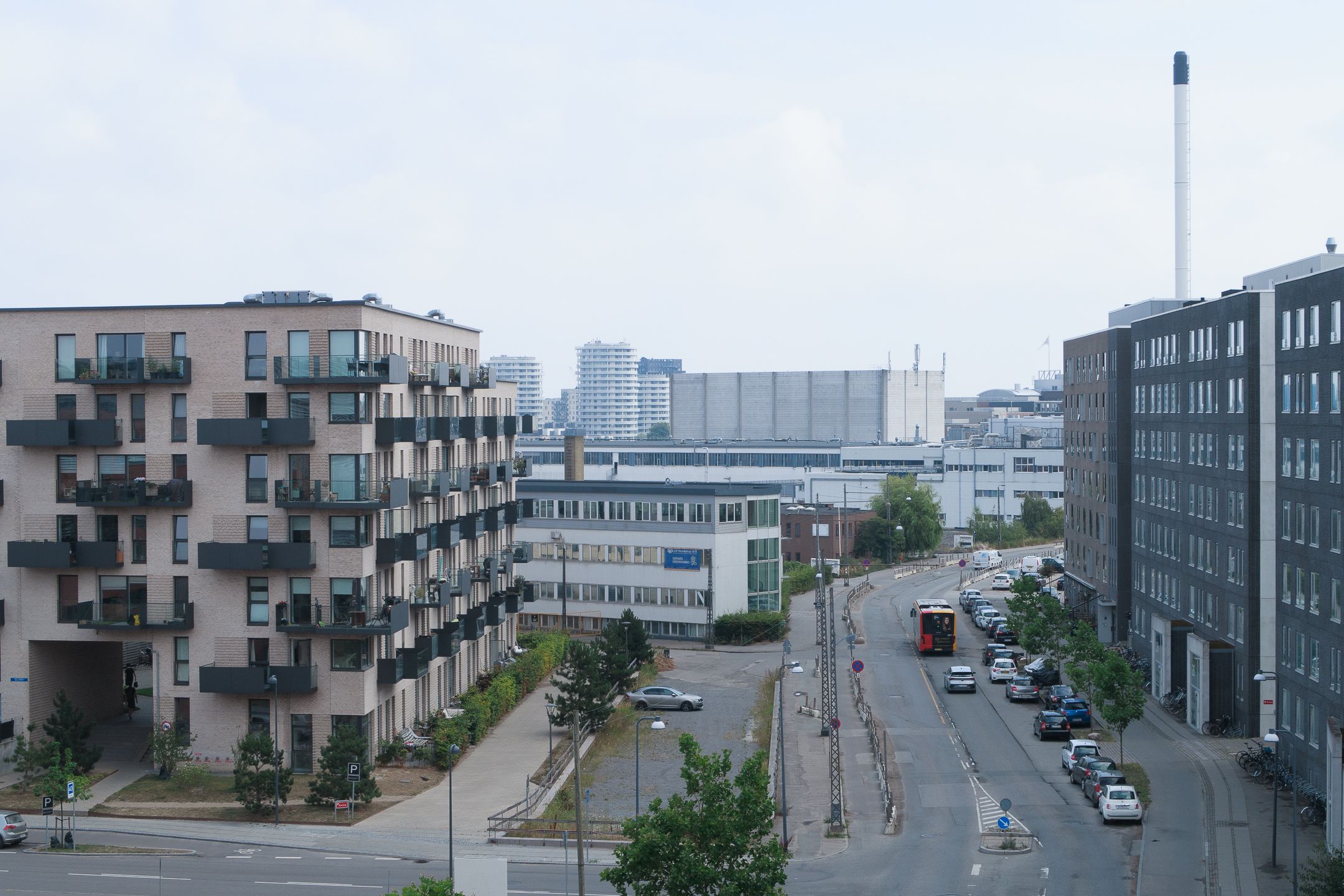When choosing a camera manufacturer, the best option is always whichever best fits your needs. But before you buy a new device, knowing how each of them works is a good idea. Each camera takes different pictures, and each brand has varying profiles.
Canon doesn’t have as many camera profiles as the likes of Fujifilm. However, the selection is still pretty good—and you can use all of them in a variety of situations.
This article will show you the different Canon camera profiles and give you suggestions for when you should use them.
Where Can You Find the Canon Camera Profiles?
When looking for Canon’s camera profiles, you can move between them directly from your camera. But when taking this approach, you’ll need to remember that you will only see these on your JPEG files.
If you’re planning to edit your pictures in more depth later, you’ll probably want to shoot in RAW. When importing your images into your editing software of choice, the profiles won’t appear. However, you can add the profiles from some of these apps instead.
Let’s look at each of the Canon camera profiles in more detail. You’ll find six in total, and we’ll discuss all of them below.
1. Faithful
When you use the Faithful profile for your Canon photos, you’ll notice that the saturation is bumped up a little. If you took your picture during the day, you might also find that your blues are pretty saturated—especially if you took the pictures on a sunny day.
Faithful also does not have shadows that are as sharp as some of the others we’ll discuss later. So, it’s a good choice if you’re looking to add a little more matte to your pictures.
In several instances, you can use the Faithful camera profile for photography; it’s a good choice if you’re photographing busy streets. You might also want to use it when photographing bigger groups of people.
If you want to add a little more saturation to your pictures in the highlights, Faithful is the way to go. Depending on your scene, you might have to tweak the luminance in post-production.
2. Neutral
Canon is one of many camera manufacturers that provides a neutral photo profile. It works exactly as you might have guessed from the name; you’ll get more of a flatter image. The shadows are brought up, and you might feel like your picture looks a little plain.
In addition to having higher shadows, you will also have less saturation in your image compared to Faithful. You can use the Neutral camera profile if you photograph a scene with many colors. It’s also good if—on the flipside—you don’t have much color to work with; one example includes photographing during rainy weather.
If you want to have more room for maneuver when editing your images, the Neutral profile will give you that. You can tweak the saturation as you feel necessary, along with altering your shadows and highlights to fit the look you’re going for.
3. Landscape
If you use the Landscape color profile, you’ll notice that your picture is more saturated than some of the other options. When using Landscape, your shadows will be crushed more than they would with Faithful or Neutral.
The Landscape camera profile for Canon also removes more haze from your picture than either Faithful or Neutral would. You can use it for landscape photography, especially if you want to make the scene look more colorful.
While landscape photography is the go-to for this profile, it can also work for street photography. Similarly, you can use it when capturing any scene that has a lot of colors naturally.
4. Standard
Sometimes, you won’t know which camera profile to use. Instead of thinking too much about it, the best option is to go for the Standard choice. Many major manufacturers have their own equivalent for this. So, you might want to use it if you’ve only just switched your camera operating system.
The Standard camera profile will crush the shadows more than Neutral does. Similarly, your image will have more saturation than if you were to use Neutral.
You can use Standard in multiple situations. It’s an ideal option for photographing indoors, and you might also want to use it for capturing architectural shots. You can also use Standard for landscape photography if you don’t want as much saturation as the Landscape profile.
5. Monochrome
So far, all of the Canon camera profiles we’ve mentioned are color-oriented. However, you will find one option that’s desaturated: Monochrome.
You can’t use different monochromatic profiles where different colors—such as yellows and greens—are altered. In that respect, Canon differs from Fujifilm and Nikon. The Monochrome Canon profile effectively works like a desaturated version of Standard.
The Monochrome profile has darker shadows than you’ll find with Neutral, but not as much detail as you’ll find in Landscape. You can use it for all kinds of black and white photography, ranging from portraits to street photography.
6. Portrait
To round up our list of the different Canon camera profiles, we’ll look at Portrait. As you might have guessed from the name, it’s designed to help you maximize the look of your portrait photography. You’ll have more saturation in your picture than the Neutral camera profile, especially around the mid-tone areas.
The Portrait camera profile also has slightly darker shadows than Neutral, but not as much as Landscape.
Photographing portraits and full-body headshots are ideal for this camera profile. However, those aren’t the only instances where you can use it. You might find a use for it in street photography and when taking pictures of groups. In some cases, it might also work well for cityscapes.
Use Canon Camera Profiles for More Authentic Pictures
Understanding the default profiles is a good idea when using your Canon camera. Depending on your choice, you can dramatically enhance how your images look and feel. Some will work in more situations than others, and finding the best one is all about experimentation.
You can use various other tools to alter how your Canon photos look, such as adding neutral density filters. And alongside using these profiles for photos, you can also add them to your videos.

